Home>diy>Building & Construction>What Is The Future Of Construction Industry
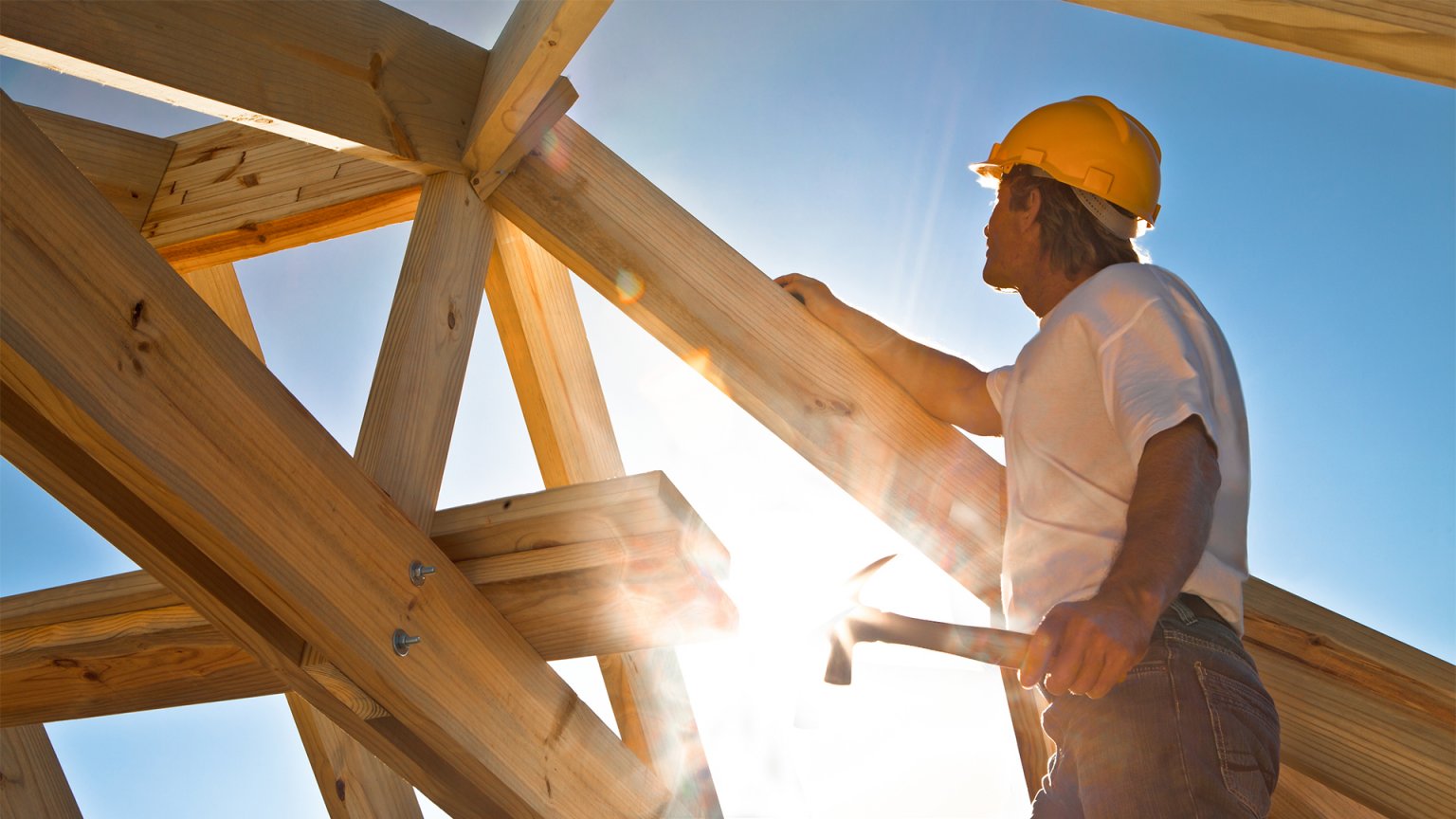

Building & Construction
What Is The Future Of Construction Industry
Modified: January 24, 2024
Discover the possibilities for the future of the building construction industry. Explore new technologies, sustainable practices, and innovative solutions to shape the future of construction.
(Many of the links in this article redirect to a specific reviewed product. Your purchase of these products through affiliate links helps to generate commission for Storables.com, at no extra cost. Learn more)
Introduction
The construction industry has always been a fundamental pillar of society, creating the infrastructure that supports our daily lives. However, in recent years, the industry has experienced a remarkable transformation driven by technological advancements. From robotics and automation to 3D printing and virtual reality, these innovations are reshaping the way we design, build, and maintain structures.
With these new tools at our disposal, the construction industry is evolving at an unprecedented pace, increasing productivity, improving safety, and reducing environmental impact. In this article, we will explore the future of the construction industry and how these technological advancements are revolutionizing the way we construct buildings.
But before we delve into the fascinating world of construction technology, it is important to understand the driving forces behind this rapid change. The need to meet growing global demands for infrastructure, coupled with the desire to address sustainability and efficiency challenges, has spurred the adoption of innovative solutions.
Moreover, the construction industry has faced its fair share of challenges, including labor shortages, rising costs, and time constraints. Technology has emerged as a powerful ally, offering solutions to these issues and opening up a world of possibilities.
Throughout this article, we will explore some of the key technological advancements that are shaping the future of the construction industry. These include robotics and automation, 3D printing, virtual reality and augmented reality, building information modeling (BIM), green and sustainable construction practices, prefabrication and modular construction, artificial intelligence, and the Internet of Things (IoT).
By embracing these cutting-edge technologies, the construction industry can achieve greater efficiency, sustainability, and innovation. Let’s dive into each of these advancements and see how they are transforming the future of construction.
Key Takeaways:
- Embracing technological advancements such as robotics, 3D printing, and AI is revolutionizing the construction industry, leading to greater efficiency, sustainability, and innovation while addressing challenges like labor shortages and rising costs.
- The integration of green and sustainable construction practices, along with prefabrication and modular construction, is shaping the future of the industry by offering faster project timelines, improved quality control, and enhanced design flexibility, paving the way for a more sustainable and resilient built environment.
Read more: What Is The Construction Industry
Technological Advancements in the Construction Industry
The construction industry is no stranger to embracing technology. From the introduction of power tools to the use of digital design software, advancements have always played a key role in improving construction processes. However, in recent years, the industry has witnessed a surge in technological innovations that are reshaping the way we build.
One of the most prominent advancements in the construction industry is the utilization of robotics and automation. Robots are being used on construction sites to perform tasks that are repetitive, dangerous, or require extreme precision. This not only increases productivity but also enhances safety by reducing human exposure to hazardous environments. Drones, equipped with cameras and sensors, are also becoming increasingly popular for site inspections, surveying, and monitoring construction progress.
Another game-changer in the construction industry is 3D printing. This technology has the potential to revolutionize the way we construct buildings. 3D printers can create intricate and complex building components with precision, speed, and cost-effectiveness. From architectural models to entire structures, 3D printing is revolutionizing the construction process by reducing waste, labor, and construction time.
Virtual reality (VR) and augmented reality (AR) are also making their mark in the construction industry. VR allows architects, engineers, and clients to experience virtual walkthroughs of a building, providing a realistic sense of the space before construction even begins. AR overlays virtual information onto the real-world environment, enabling construction professionals to visualize designs, identify clashes, and make informed decisions on-site. These technologies improve communication, streamline design processes, and enhance collaboration.
Building Information Modeling (BIM) is another significant advancement that is transforming the construction industry. BIM is a digital representation of a building project, integrating all relevant information such as architectural, structural, mechanical, and electrical details. With BIM, construction professionals can collaborate in real-time, detect clashes and errors early on, optimize project scheduling, and improve overall project coordination.
Furthermore, the construction industry is placing increased emphasis on green and sustainable practices. As buildings account for a significant portion of global energy consumption and carbon emissions, adopting sustainable construction methods is crucial. This includes using eco-friendly materials, implementing energy-efficient systems, incorporating renewable energy sources, and designing for optimal insulation and ventilation.
Prefabrication and modular construction are also gaining popularity in the construction industry. These methods involve pre-assembling building components off-site and then transporting them to the construction site for installation. This not only reduces construction time but also minimizes waste, improves quality control, and enhances cost-effectiveness. Additionally, prefabrication and modular construction allow for greater flexibility, enabling buildings to be easily modified or expanded in the future.
Artificial intelligence (AI) is also finding its place in the construction industry. AI-powered algorithms can analyze vast amounts of data to optimize construction processes, predict potential issues, and improve project management. AI-driven technologies can also automate repetitive tasks, such as scheduling and resource allocation, freeing up human resources for more strategic and creative endeavors.
Last but not least, the Internet of Things (IoT) is transforming the construction industry by connecting devices, equipment, and systems to gather and analyze real-time data. IoT applications in construction include smart sensors for monitoring structural integrity, equipment tracking systems to optimize usage, and energy management systems for efficient resource utilization.
These technological advancements are driving the construction industry forward, empowering professionals to build faster, safer, and more sustainable structures. By embracing innovation, the future of construction holds great promise for creating efficient and environmentally-friendly buildings.
Robotics and Automation in Construction
The integration of robotics and automation in the construction industry is revolutionizing traditional construction processes and improving overall productivity, safety, and efficiency. From performing repetitive tasks to executing complex operations with precision, robots are transforming the way we build.
One significant application of robotics in construction is the use of autonomous construction vehicles and equipment. These machines are equipped with advanced sensors, GPS systems, and artificial intelligence algorithms, allowing them to operate without human intervention. Autonomous construction vehicles can perform tasks such as excavation, grading, and material transportation, reducing the need for manual labor and improving safety on construction sites.
Robots are also employed for tasks that are hazardous or challenging for humans. For example, robots equipped with climbing capabilities can inspect tall structures, reducing the risk of falls and accidents. Drones, controlled remotely or autonomously, can capture aerial images and videos to monitor construction progress, identify potential issues, and even conduct site surveys.
Another area where robots have made a significant impact is in bricklaying and concrete construction. Robotic bricklayers can lay bricks with exceptional speed and precision, surpassing human capabilities. Similarly, robots can pour and spread concrete accurately, eliminating human error and speeding up the construction process. These robots can work tirelessly around the clock, reducing construction time and improving project timelines.
Robotic exoskeletons have also found their place in the construction industry. These wearable devices can enhance the physical abilities of construction workers, reducing fatigue and preventing work-related injuries. Exoskeletons provide support for heavy lifting, reduce strain on the body, and improve overall worker safety and comfort.
Furthermore, automation is being implemented in various construction processes to streamline operations and improve efficiency. Robotics and automation systems can be used for repetitive tasks such as material handling, assembly, and welding. These systems can work continuously and consistently, reducing labor costs and minimizing human error.
Moreover, building information modeling (BIM) software can integrate with robotic systems to enhance construction automation. BIM can generate virtual models and simulations of construction projects, allowing robots to follow pre-determined paths and perform tasks with incredible accuracy. This integration ensures seamless collaboration between human workers and robotic systems, maximizing efficiency and project outcomes.
It is important to note that while robotics and automation in construction bring numerous benefits, they also raise concerns about job displacement. However, it is crucial to understand that these technologies are not replacing human workers, but rather complementing and enhancing their abilities. By delegating repetitive and dangerous tasks to robots, construction workers can focus on more complex and high-value activities, such as problem-solving, critical thinking, and creativity.
Overall, robotics and automation are transforming the construction industry, making construction processes safer, faster, and more efficient. As technology continues to evolve, we can expect even more advancements in this field, paving the way for a future where humans and robots work hand in hand to build the structures of tomorrow.
3D Printing in Construction
3D printing, also known as additive manufacturing, has emerged as a groundbreaking technology in the field of construction. With its ability to create intricate and customized structures layer by layer, 3D printing is revolutionizing the way we build.
One of the key advantages of 3D printing in construction is its ability to reduce material wastage. Traditional construction methods often lead to excessive material consumption due to the need for cutting and shaping. In contrast, 3D printing only uses the exact amount of material required, minimizing waste and promoting sustainability.
Speed is another significant benefit of 3D printing in construction. Compared to traditional construction techniques, 3D printing can build structures at a much faster rate. This rapid construction time not only saves labor costs but also allows for faster project completion, reducing overall construction timelines.
Moreover, 3D printing enables the creation of complex architectural designs that would be challenging to achieve with conventional methods. Architects and designers can unleash their creativity and push the boundaries of what is structurally possible. From curvilinear shapes to intricate patterns and textures, 3D printing allows for the realization of unique and visually stunning structures.
3D printing technology in construction is versatile, capable of using multiple types of materials. From concrete and clay to plastics and composites, different materials can be used depending on the specific requirements of the project. This flexibility allows for the customization of construction materials, optimizing properties such as strength, durability, and thermal insulation.
One area where 3D printing is making a significant impact is affordable housing. In regions where housing shortages are prevalent, 3D printing offers a cost-effective solution. Large-scale 3D printers can create entire houses in a matter of hours, reducing construction costs and providing affordable housing options to broader populations.
Another advantage of 3D printing in construction is its ability to construct structures in challenging environments. Whether it is building on rugged terrains, remote locations, or disaster-stricken areas, 3D printers can adapt to different conditions and overcome logistical obstacles. This makes 3D printing a valuable tool for emergency housing and reconstruction efforts.
However, despite the numerous benefits, there are still some challenges to overcome when it comes to 3D printing in construction. The technology is still relatively new and requires further refinement to ensure structural integrity, durability, and long-term performance. Additionally, scaling up 3D printing to handle large-scale construction projects presents logistical challenges that need to be addressed.
Overall, 3D printing is poised to disrupt the construction industry, offering a faster, more sustainable, and highly customizable alternative to traditional construction methods. As technology continues to advance, we can anticipate further developments in 3D printing materials, techniques, and capabilities, paving the way for a future where 3D-printed structures become commonplace in our built environment.
Virtual Reality and Augmented Reality in Construction
Virtual reality (VR) and augmented reality (AR) have become powerful tools in the construction industry, revolutionizing the way we design, plan, and construct buildings. These immersive technologies offer a range of benefits, including improved visualization, enhanced collaboration, and increased efficiency.
Virtual reality allows architects, engineers, and clients to experience a building project before it is even constructed. By creating a virtual environment, VR technology provides a realistic and immersive experience, enabling stakeholders to walk through the building, explore different design options, and make informed decisions. This enhances the overall design process, allowing for adjustments and optimizations before construction begins.
Augmented reality takes virtual information and overlays it onto the real world. In construction, AR allows professionals to visualize and interact with 3D models in a real-world context. Using AR-enabled devices such as smartphones, tablets, or wearable headsets, construction teams can view digital information superimposed onto the physical environment. This enables them to identify clashes, validate design decisions, and visualize complex systems and installations.
One of the major advantages of VR and AR in construction is improved collaboration. These technologies facilitate communication and understanding between project stakeholders, including architects, engineers, contractors, and clients. By sharing a common virtual or augmented reality space, team members can have a shared understanding of the design intent, reducing miscommunication and improving coordination.
VR and AR technologies also improve construction efficiency. They enable teams to identify and resolve issues earlier in the design process, minimizing costly rework and delays. For example, with AR, construction professionals can overlay design plans onto physical spaces, ensuring accurate placement of components and systems. This eliminates the need for traditional measuring methods and reduces the likelihood of errors.
Safety is another area where VR and AR have a significant impact in construction. VR can simulate hazardous situations and provide realistic safety training to workers, reducing the risk of accidents and injuries. AR can also contribute to improved safety by overlaying real-time information and warnings onto a worker’s field of view, alerting them to potential hazards and ensuring compliance with safety protocols.
Beyond the construction phase, VR and AR have post-construction applications as well. For facility management and maintenance, these technologies can store and access valuable information about the building’s systems, equipment, and maintenance history. This streamlined access to data enhances facilities management, reduces downtime, and improves overall building performance.
While VR and AR technologies have witnessed significant advancements, there are still challenges to overcome. These include the cost of implementing and maintaining the necessary hardware and software, as well as the need for training and upskilling construction professionals to effectively utilize these technologies.
Nonetheless, the benefits of using virtual reality and augmented reality in construction are undeniable. The ability to experience and interact with digital information in a real-world context has transformed the design and construction processes, leading to improved collaboration, enhanced safety, and increased efficiency. As technology continues to advance, we can expect even more immersive and innovative applications of VR and AR in the construction industry.
Read more: What Type Of Industry Is Construction
Building Information Modeling (BIM)
Building Information Modeling (BIM) is a digital representation of a building project that integrates all relevant information, including architectural, structural, mechanical, and electrical details. BIM is transforming the construction industry by improving collaboration, enhancing decision-making, and streamlining project workflows.
One of the key advantages of BIM is its ability to facilitate collaboration among all stakeholders involved in a construction project. Architects, engineers, contractors, and clients can work together in a shared virtual environment, accessing and modifying the same project model. This real-time collaboration improves communication, reduces rework, and ensures that everyone is on the same page throughout the project lifecycle.
BIM also enables clash detection, a process that identifies potential conflicts or clashes between different building components or systems. Using advanced algorithms, BIM software can analyze the model and automatically detect clashes, such as pipes intersecting with structural elements or ductwork conflicting with electrical systems. This allows for early resolution of conflicts, minimizing costly changes during construction.
Another significant benefit of BIM is its ability to improve decision-making. BIM allows for the visualization of a building project in 3D, providing stakeholders with a realistic representation of the final structure. With this visual clarity, design decisions can be evaluated more accurately, ensuring that the chosen solutions meet performance requirements and align with project goals.
BIM also enhances project workflows by optimizing project scheduling and resource allocation. Through BIM, project managers can create accurate construction schedules, identifying dependencies between tasks and optimizing sequencing. This improves project coordination and enables efficient resource allocation, reducing project delays and maximizing productivity.
Furthermore, BIM improves the accuracy of cost estimation and quantity takeoffs. By using the model to extract information about building components and their quantities, estimators can generate more precise cost estimates and identify potential cost-saving opportunities. This helps in effective budget management and financial planning throughout the construction process.
BIM is not limited to the construction phase but also has benefits for facility management. With BIM, all relevant information about the building, such as equipment specifications, maintenance schedules, and warranty details, can be stored and accessed easily. This streamlines facility management and maintenance, allowing for timely inspections, repairs, and overall improved building performance.
While the implementation of BIM requires an initial investment in software and training, the long-term benefits far outweigh the costs. BIM reduces project risks, enhances collaboration, improves decision-making, and increases overall efficiency. It allows construction professionals to work smarter, not harder, by leveraging technology to optimize project outcomes.
As technology continues to advance, we can expect further development in BIM capabilities, including integration with other technologies such as virtual reality, augmented reality, and artificial intelligence. This will further enhance the benefits of BIM and solidify its position as a fundamental tool in the construction industry.
Invest in technology and innovation to stay competitive in the construction industry. Embrace sustainable practices and modular construction methods for cost and time efficiency.
Green and Sustainable Construction Practices
The construction industry has a significant impact on the environment, accounting for a large portion of global energy consumption, resource depletion, and carbon emissions. In response to these environmental challenges, green and sustainable construction practices have emerged as a crucial focus area for the industry. These practices aim to minimize environmental impact, conserve resources, and create healthier and more energy-efficient buildings.
One of the key aspects of green construction is the use of eco-friendly materials. Sustainable materials, such as recycled or reclaimed materials, renewable resources, and low-emission products, are gaining popularity. For example, the use of sustainable wood products certified by organizations like the Forest Stewardship Council (FSC) helps promote responsible forestry practices.
Energy efficiency is another fundamental pillar of green construction. This includes the use of innovative insulation materials, advanced HVAC systems, LED lighting, and energy-efficient appliances. Design strategies such as passive heating and cooling, natural daylighting, and efficient ventilation systems are also integral to reducing energy consumption in buildings.
Incorporating renewable energy sources is a key component of sustainable construction. Solar panels, wind turbines, geothermal systems, and other renewable energy technologies can be integrated into buildings to generate clean energy on-site. This helps reduce reliance on fossil fuels and minimizes carbon emissions.
Water conservation is paramount in green construction. Water-efficient fixtures, rainwater harvesting systems, and graywater recycling can significantly reduce water consumption in buildings. Efficient irrigation systems for landscaping and the use of native plant species help conserve water in outdoor environments.
Green construction also emphasizes waste reduction and recycling. Construction projects generate a significant amount of waste, but implementing strategies like construction waste management plans and recycling programs can divert materials from landfills. Additionally, modular construction and prefabrication techniques can reduce waste during the construction process.
Furthermore, green construction practices focus on creating healthy indoor environments. This includes utilizing low-VOC (volatile organic compound) materials, proper ventilation systems, and effective moisture control to ensure good indoor air quality. Additionally, incorporating biophilic design elements, such as access to natural light, views of nature, and indoor plants, promotes occupant well-being.
Certification systems, such as LEED (Leadership in Energy and Environmental Design) and BREEAM (Building Research Establishment Environmental Assessment Method), provide guidelines and standards for green construction practices. Buildings that meet these certifications are recognized for their sustainability performance.
Green construction practices not only benefit the environment but also offer numerous advantages to building owners and occupants. Energy-efficient buildings reduce operational costs through lower energy bills, while healthier indoor environments contribute to improved occupant comfort and productivity. Additionally, green buildings may attract tenants, investors, and customers who prioritize sustainability.
As sustainability becomes increasingly important, green construction practices are becoming mainstream. Governments, organizations, and individuals are recognizing the long-term benefits of sustainable construction and the role it plays in combating climate change. By adopting green construction practices, the industry can build a more sustainable future, creating structures that minimize environmental impact while maximizing efficiency and occupant well-being.
Prefabrication and Modular Construction
Prefabrication and modular construction are innovative construction methods that involve the off-site fabrication of building components and the assembly of these components on-site. These methods offer numerous benefits, including increased efficiency, improved quality control, and enhanced sustainability.
Prefabrication involves manufacturing building components in a controlled factory environment, away from the construction site. These components, such as walls, floors, roofs, and even entire rooms, are then transported to the site for assembly. The use of prefabricated components reduces on-site construction time and minimizes disruption to the surrounding environment.
Modular construction takes prefabrication a step further by creating entire modules or sections of a building in the factory. These modules are fully finished and outfitted with electrical and mechanical systems, fixtures, and finishes. They are then transported to the site and assembled to form the final structure.
One of the key advantages of prefabrication and modular construction is the significant reduction in construction time compared to traditional construction methods. The off-site fabrication process can be carried out concurrently with the site preparation, allowing for faster project completion. This not only saves time but also reduces labor costs and minimizes the disruption to neighboring properties and the community.
These construction methods are also known for their enhanced quality control. In a factory setting, building components can be manufactured with precision and consistency, ensuring a higher level of quality compared to on-site construction. The controlled environment allows for tighter tolerances, better insulation, and improved structural integrity.
Another benefit of prefabrication and modular construction is improved sustainability. By manufacturing in a factory, material waste is minimized, as off-cuts and unused materials can be recycled and repurposed. Moreover, the controlled environment allows for efficient use of resources, such as energy and water, reducing the overall environmental impact of the construction process.
Prefabrication and modular construction also offer flexibility in design and functionality. The modular nature of these methods allows for greater customization and adaptability, as modules can be easily added, reconfigured, or removed. This flexibility enables buildings to be easily modified or expanded in response to changing needs or future growth.
Furthermore, prefabrication and modular construction have shown great potential for affordable housing and disaster relief efforts. The speed and efficiency of these methods make them an ideal solution for quickly providing housing in areas affected by natural disasters or addressing housing shortages. The cost-effectiveness of factory production also contributes to affordable housing options.
It is important to note that while prefabrication and modular construction offer numerous benefits, there are also considerations to take into account. Careful planning, coordination, transportation logistics, and proper site preparation are necessary to ensure a successful and efficient assembly on-site.
Overall, prefabrication and modular construction are transforming the construction industry by offering faster construction timelines, improved quality, sustainability, and design flexibility. As technology continues to advance, and more projects successfully adopt these methods, the adoption of prefabrication and modular construction is poised to increase, shaping the future of construction.
Artificial Intelligence in Construction
Artificial intelligence (AI) is revolutionizing the construction industry by enabling machines and systems to analyze data, learn from it, and make autonomous decisions. With its ability to process vast amounts of information quickly and accurately, AI is transforming various aspects of the construction process, from design and planning to project management and maintenance.
One significant application of AI in construction is in the design phase. AI algorithms can analyze architectural and engineering data to generate optimized designs based on specific criteria, such as energy efficiency or cost-effectiveness. This streamlines the design process, reduces errors, and improves the overall efficiency of building projects.
AI-powered software can also assist in project planning and scheduling. By considering factors such as available resources, weather conditions, and construction constraints, AI algorithms can generate realistic and optimized construction schedules. This helps project managers make informed decisions, allocate resources effectively, and minimize delays and cost overruns.
Additionally, AI is improving safety and risk management in construction. Machine learning algorithms can analyze historical safety data to identify patterns and predict potential hazards or accidents. This proactive approach allows project teams to implement preventive measures and safety protocols to protect workers and reduce the likelihood of accidents on construction sites.
Quality control is another area where AI plays a valuable role. AI-powered systems can conduct real-time inspections and analyses of construction components and structures, identifying defects or deviations from desired standards. This helps ensure that construction meets quality requirements and reduces the need for costly rework.
AI is also making an impact on construction equipment and machinery. Intelligent sensors and systems can monitor equipment performance, detect anomalies, and predict maintenance needs. This predictive maintenance approach helps optimize equipment uptime, reduce downtime, and enhance overall operational efficiency and productivity.
Furthermore, AI is enhancing the field of building automation and management. AI-powered systems can gather and analyze data from various sensors and IoT devices within a building, adjusting lighting, temperature, and other parameters to optimize energy efficiency and occupant comfort. AI can also improve smart building security by detecting and responding to potential threats in real-time.
Despite the numerous benefits, AI implementation in construction does come with challenges. Integrating AI systems into existing construction processes requires careful planning, resource allocation, and training of personnel. Ensuring data security and privacy is also essential when handling sensitive information related to construction projects.
However, as AI technology continues to advance, its potential in the construction industry is immense. By leveraging AI capabilities, construction professionals can make more accurate predictions, optimize processes, and enhance overall project outcomes. The adoption of AI in construction is opening up new possibilities for efficiency, innovation, and sustainability in the way we build and maintain structures.
Read more: What Is Tender In Construction Industry
Internet of Things (IoT) in Construction
The Internet of Things (IoT) is transforming the construction industry by connecting devices, equipment, and systems to gather and analyze real-time data. This connectivity allows for improved project management, enhanced safety, and increased efficiency in construction operations.
One of the key applications of IoT in construction is in the area of equipment and asset management. IoT sensors can be integrated into construction machinery and tools to monitor usage, performance, and maintenance needs. This real-time data allows project managers to optimize equipment utilization, prevent breakdowns, and schedule maintenance proactively, reducing downtime and increasing operational efficiency.
IoT technology also enables the tracking and management of construction materials and inventory. RFID tags and sensors can be used to monitor the movement and storage of construction materials, ensuring their availability when needed. This helps minimize delays and waste by optimizing material usage and streamlining procurement processes.
Safety is another critical aspect of IoT in construction. Wearable devices equipped with sensors can monitor workers’ health and safety conditions, detecting fatigue levels, exposure to hazardous substances, and even potential accidents. Real-time data from these devices can alert supervisors or trigger safety protocols, ensuring the well-being of construction workers on-site.
IoT is also improving site security and surveillance in construction. Connected cameras and sensors can capture and transmit real-time video feeds, monitoring construction sites for unauthorized access, theft, or suspicious activities. This enhanced surveillance enables quick response and aids in preventing potential security incidents.
Moreover, IoT devices and systems can contribute to energy efficiency in construction. Connected sensors can monitor and control lighting, HVAC systems, and other energy-consuming devices, optimizing their usage based on occupancy and ambient conditions. This not only reduces energy waste but also lowers operational costs and carbon footprint.
Real-time monitoring and data analytics provided by IoT systems enable construction project managers to have better control and visibility over construction progress. IoT sensors can collect data on various aspects, such as concrete curing, structural integrity, and environmental conditions, providing insights into project performance. This facilitates informed decision-making and enables proactive measures to address any potential issues.
While the adoption of IoT in construction offers significant advantages, there are challenges to consider. Interoperability and data security are crucial considerations when implementing IoT systems, as multiple devices and platforms need to communicate effectively, and data privacy needs to be protected. Additionally, the availability of reliable network connectivity on construction sites is critical for seamless IoT operations.
As technology continues to advance, the potential of IoT in construction will continue to grow. By leveraging the power of connected devices and real-time data analytics, the construction industry can unlock new levels of efficiency, safety, and productivity. Embracing IoT in construction is paving the way for the development of smart buildings and infrastructure, leading to more sustainable and intelligent cities.
Conclusion
The construction industry is witnessing a remarkable transformation driven by technological advancements. From robotics and automation to 3D printing, virtual reality, and artificial intelligence, these innovations are reshaping the way we design, build, and maintain structures.
Technological advancements such as robotics and automation are increasing productivity and safety on construction sites. 3D printing is revolutionizing construction by reducing material waste and allowing for complex and customized structures. Virtual reality and augmented reality are enhancing design visualization, collaboration, and decision-making. Building information modeling (BIM) is improving project coordination and efficiency.
Green and sustainable construction practices are becoming prominent, aiming to minimize environmental impact and create energy-efficient buildings. Prefabrication and modular construction offer faster project timelines, improved quality control, and customization options. The integration of artificial intelligence (AI) enhances design, planning, decision-making, and safety in construction operations. The Internet of Things (IoT) connects devices and systems, enabling real-time data analysis for better project management, safety, and energy efficiency.
By embracing these technological advancements and sustainable practices, the construction industry can achieve greater efficiency, sustainability, and innovation. These advancements address challenges such as labor shortages, rising costs, and environmental impact, paving the way for a more sustainable and resilient built environment.
However, it is important to acknowledge that the adoption of these technologies and practices is not without challenges. The industry must address issues related to implementation costs, training, interoperability, data security, and infrastructure requirements. Overcoming these challenges will require collaboration among stakeholders, continuous education, and a commitment to ongoing innovation.
The future of the construction industry is bright, with technology playing a pivotal role in shaping the way we design, construct, and maintain buildings. By leveraging the power of these advancements, the construction industry can continue to evolve, embracing sustainable practices, improving efficiency, and creating buildings that are safer, more energy-efficient, and better suited to the needs of a changing world.
With proper planning, implementation, and collaboration, the construction industry can harness the potential of technology while prioritizing sustainability and human-centric design. By doing so, we can create a built environment that not only meets the needs of present and future generations but also contributes to a more sustainable and prosperous world.
Frequently Asked Questions about What Is The Future Of Construction Industry
Was this page helpful?
At Storables.com, we guarantee accurate and reliable information. Our content, validated by Expert Board Contributors, is crafted following stringent Editorial Policies. We're committed to providing you with well-researched, expert-backed insights for all your informational needs.

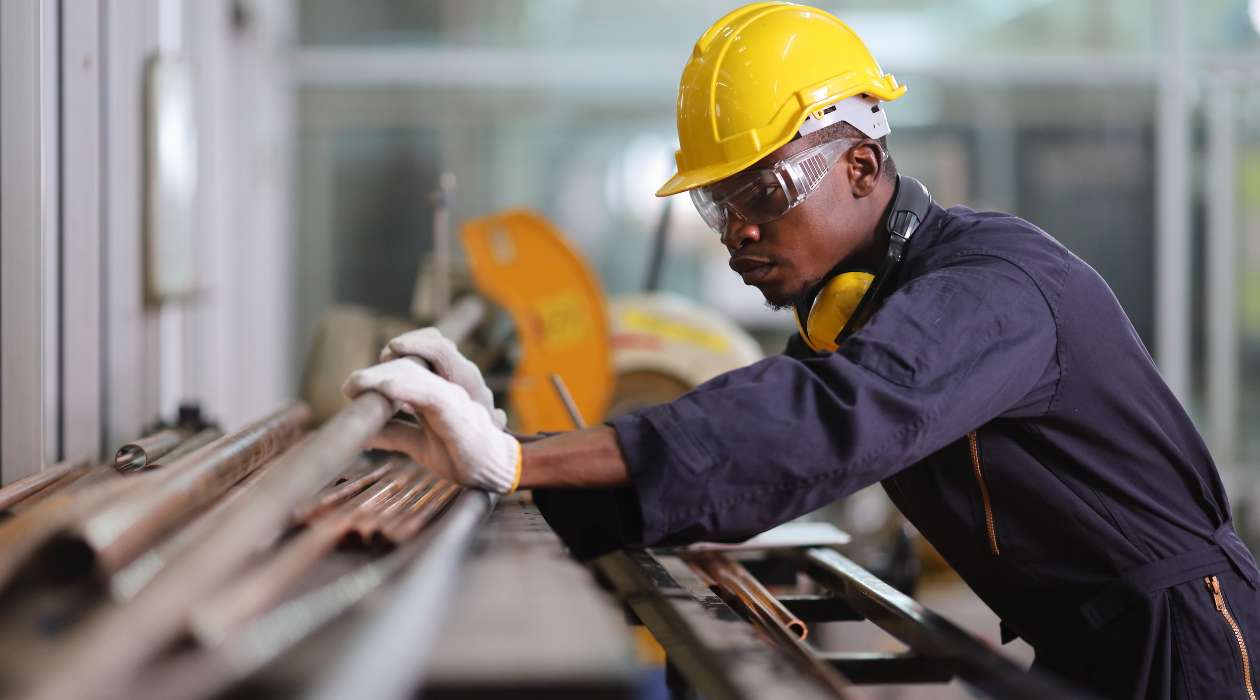

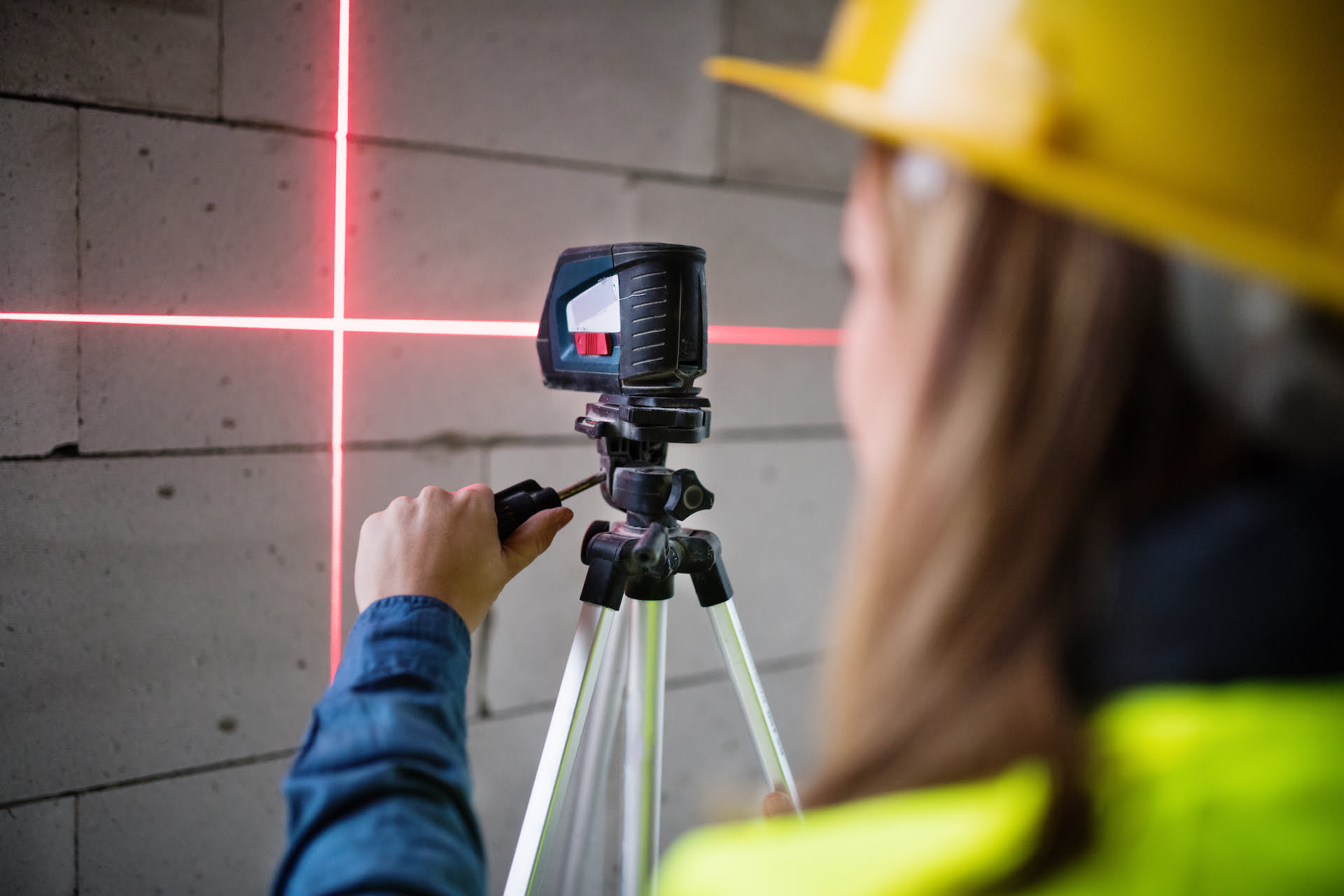
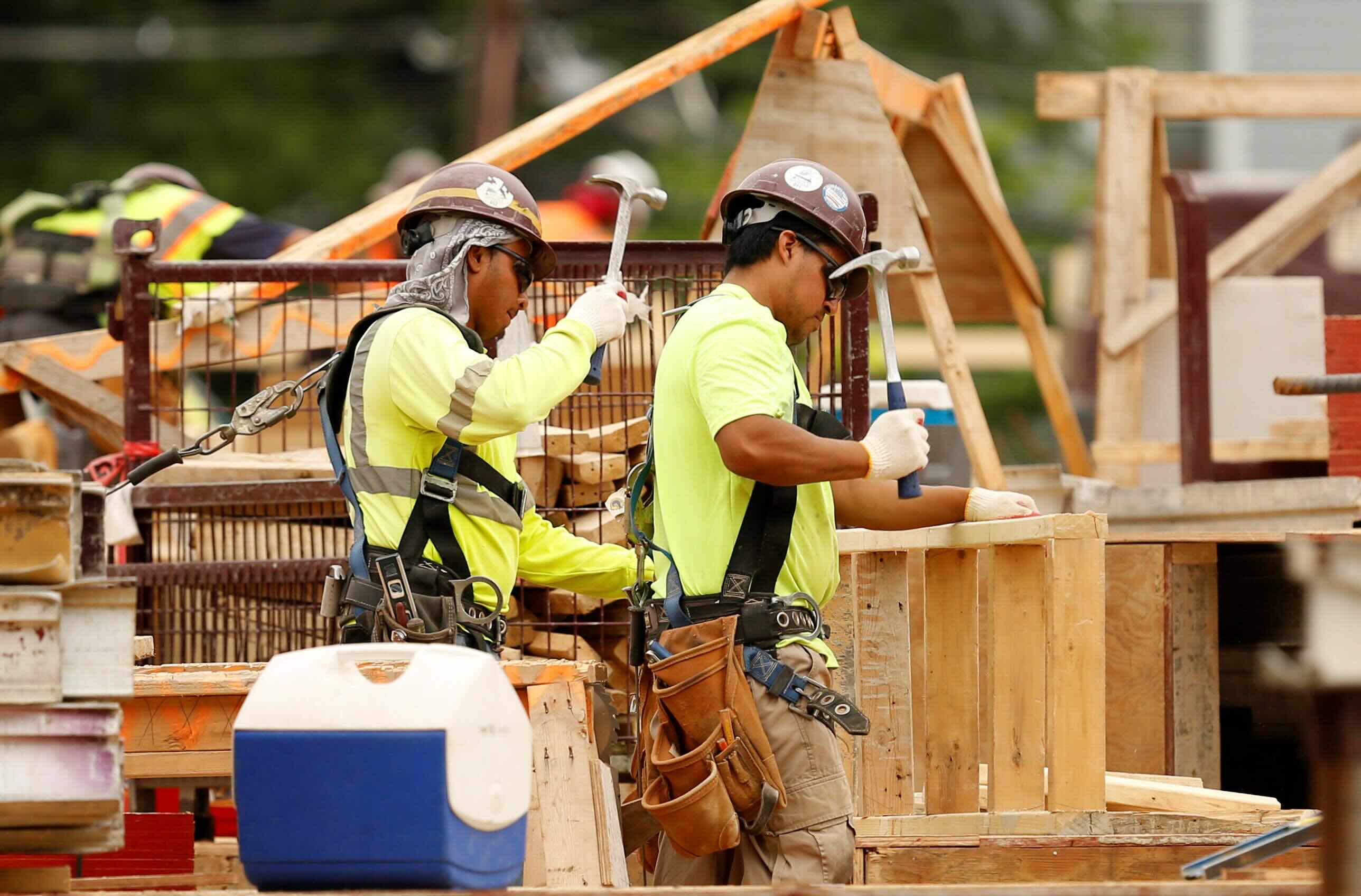
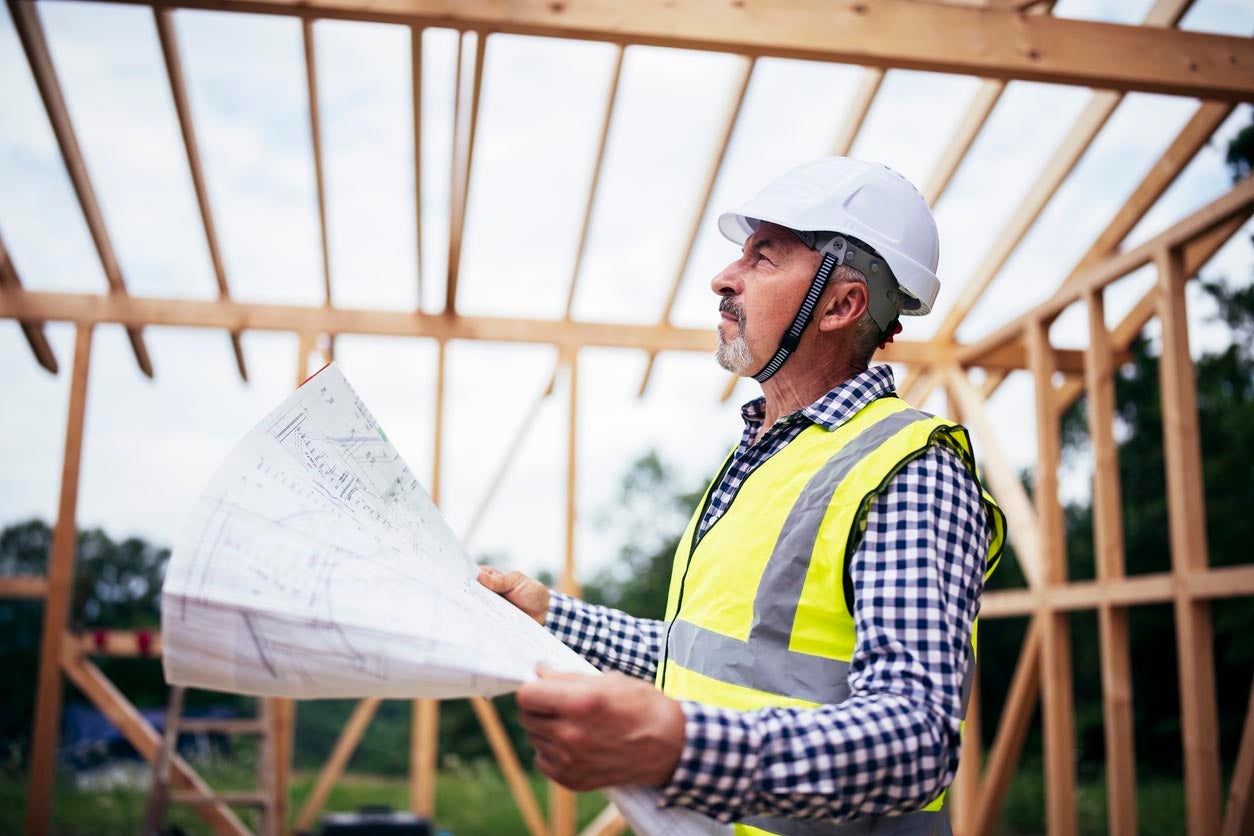
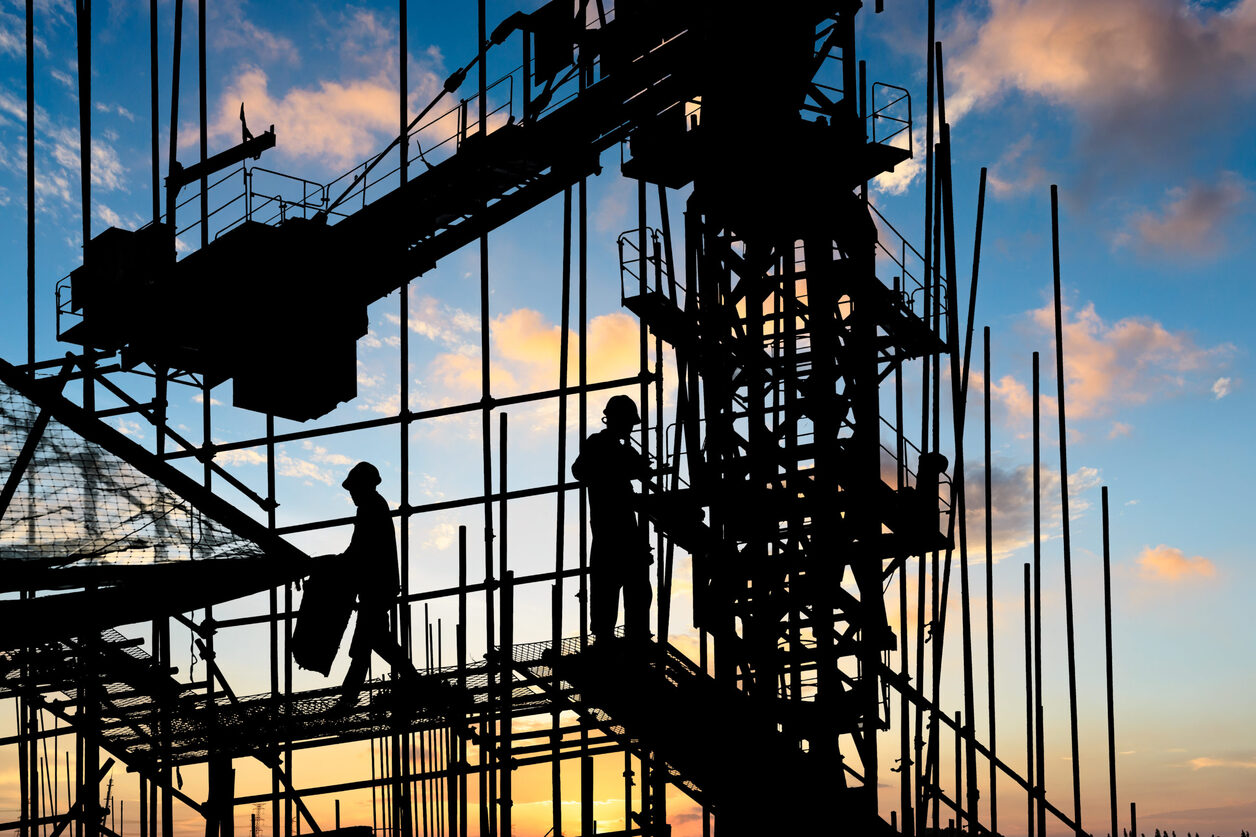

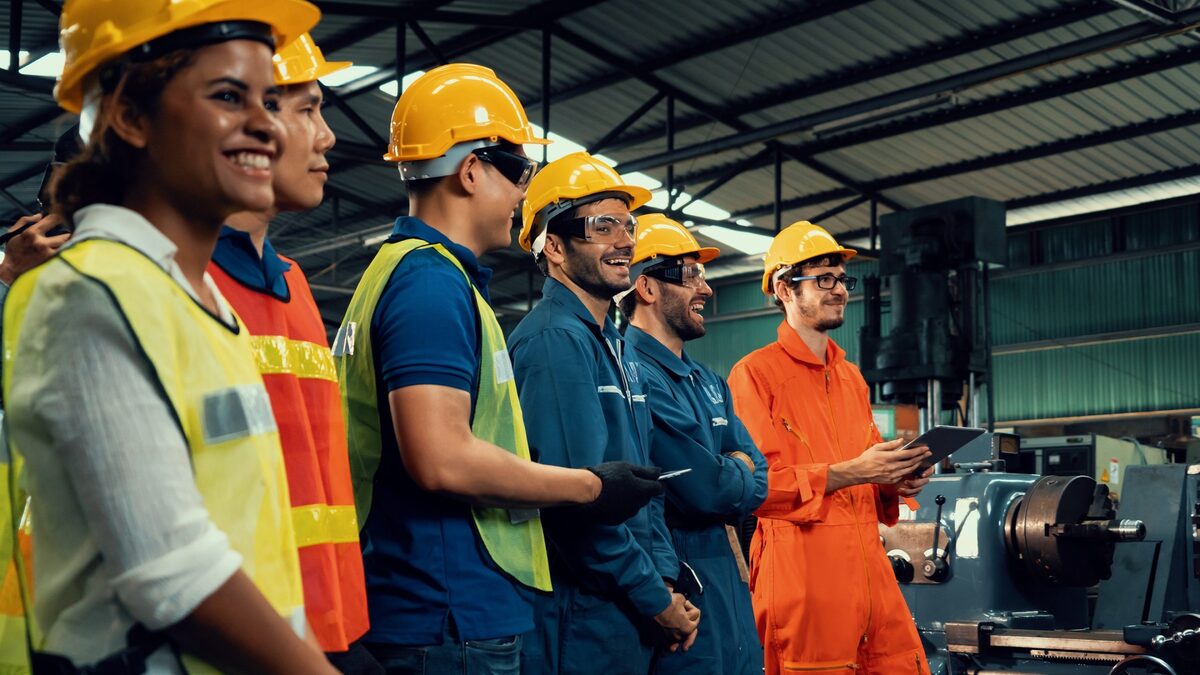
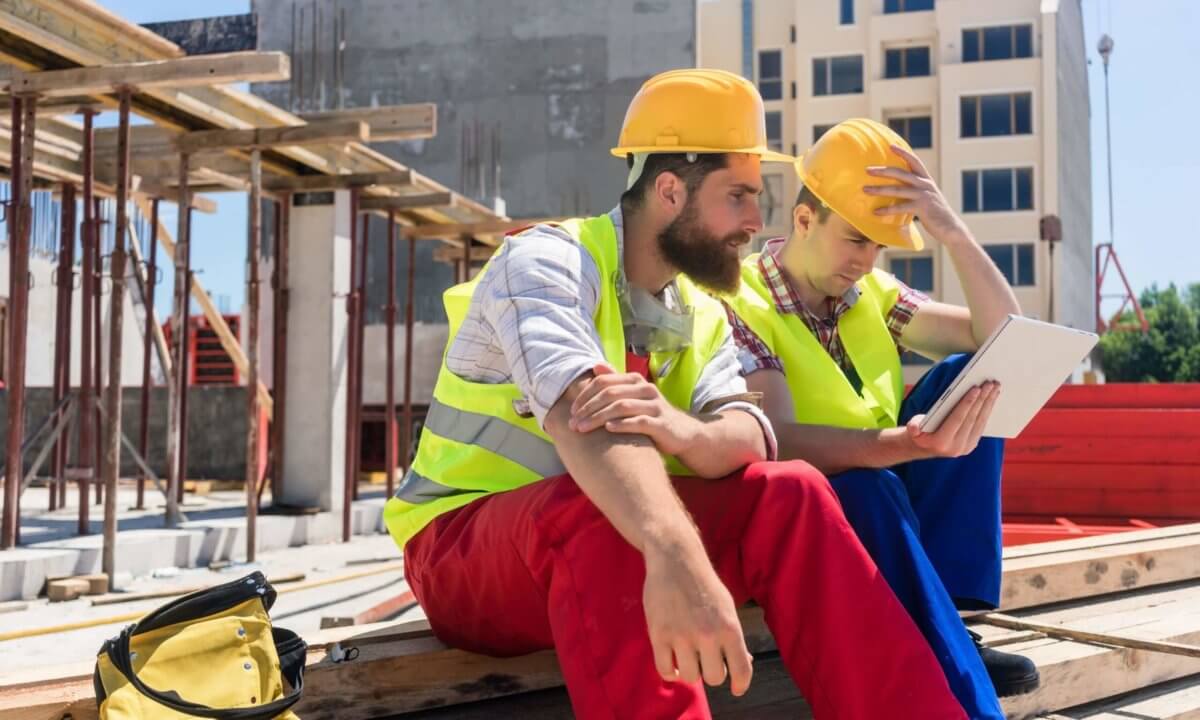
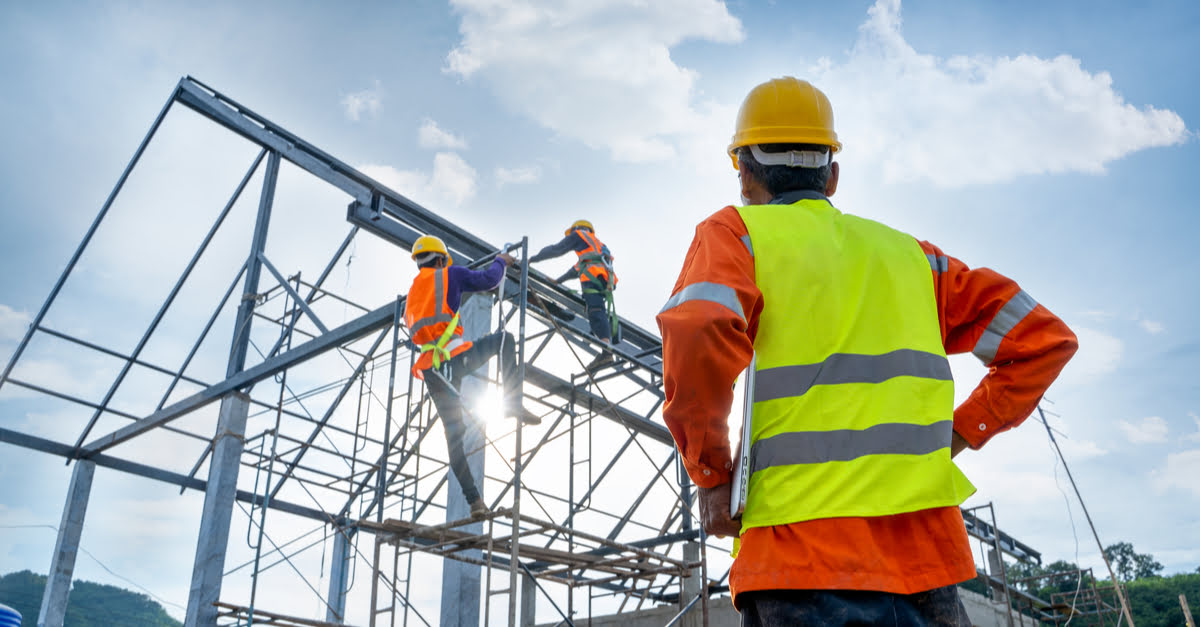

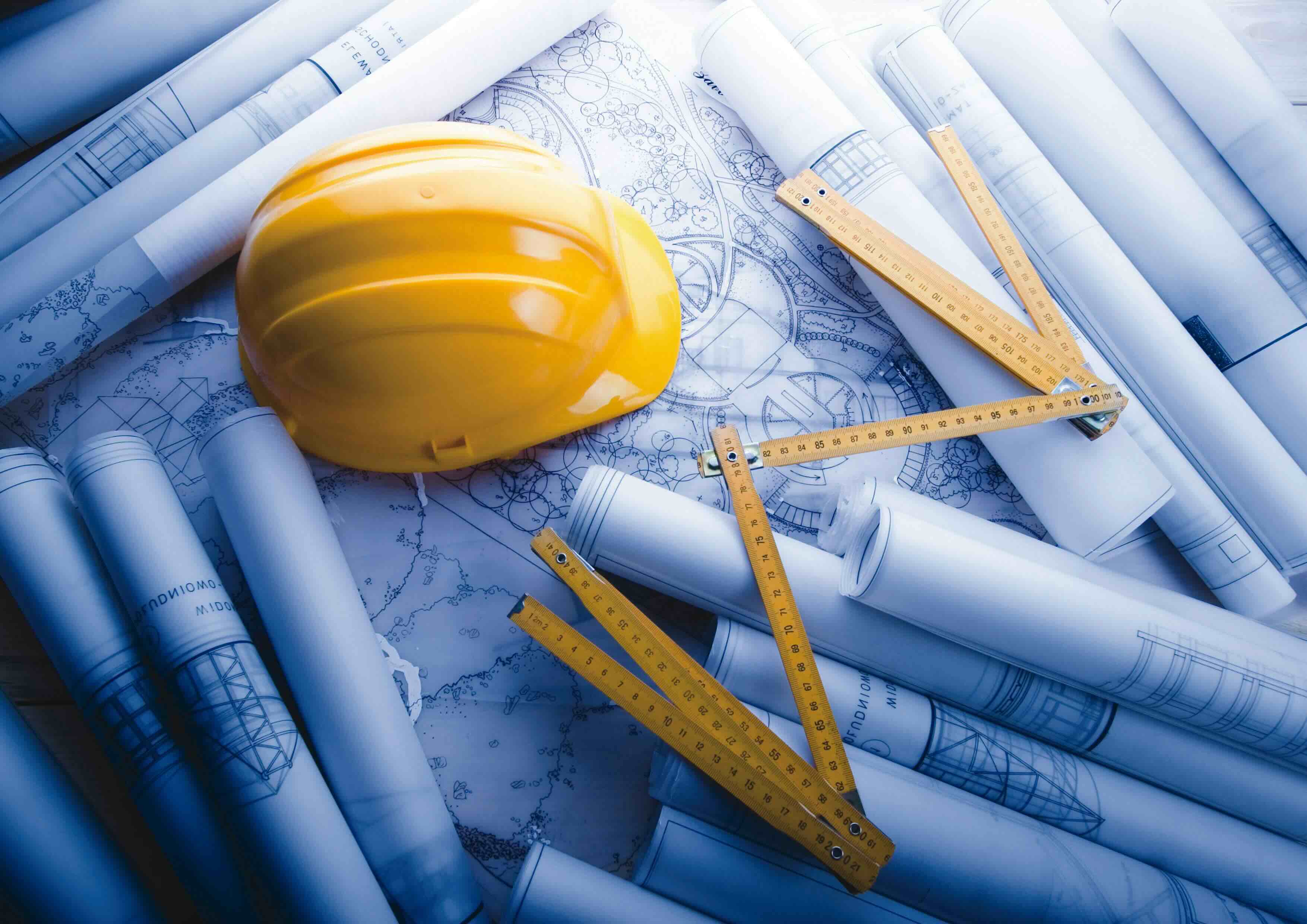

0 thoughts on “What Is The Future Of Construction Industry”